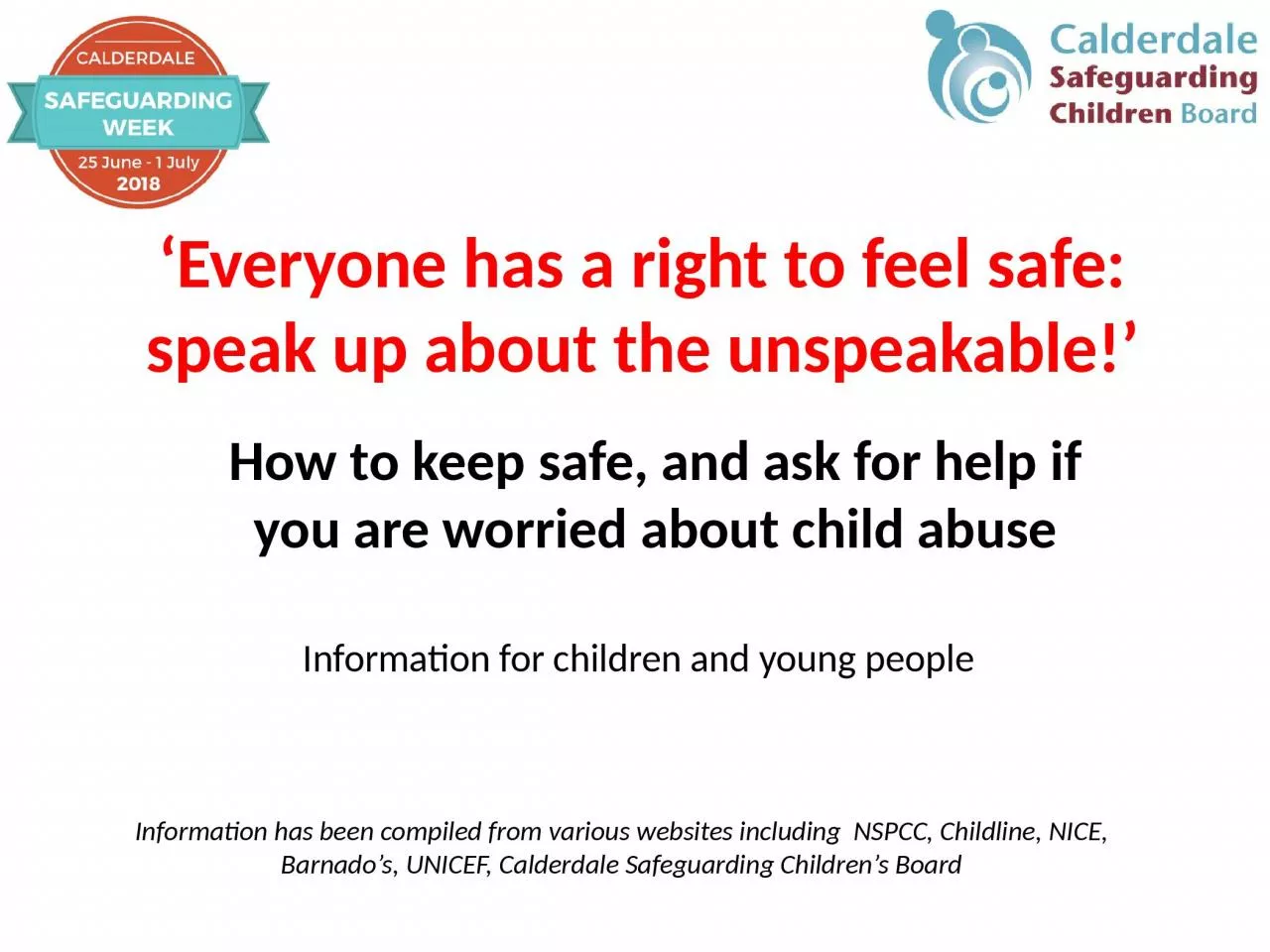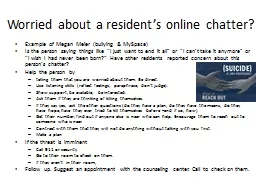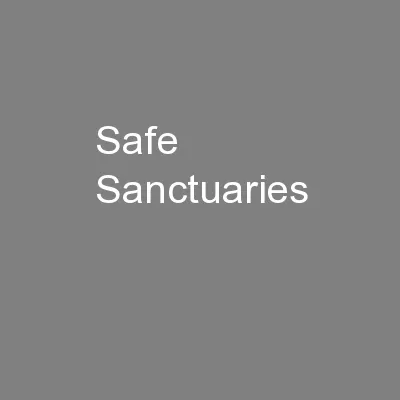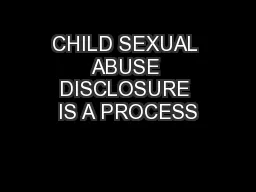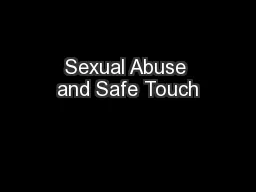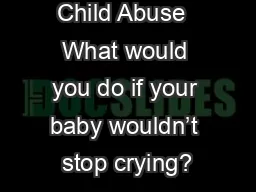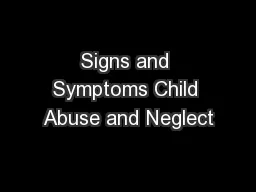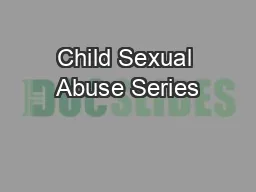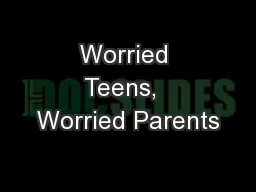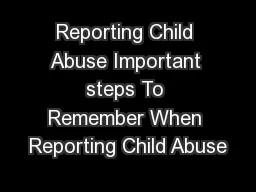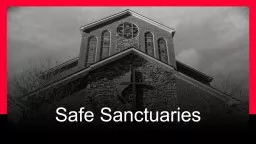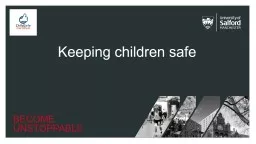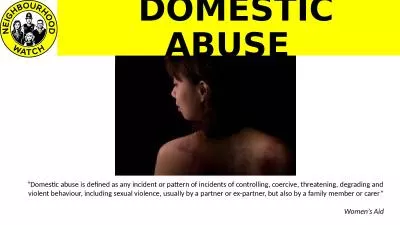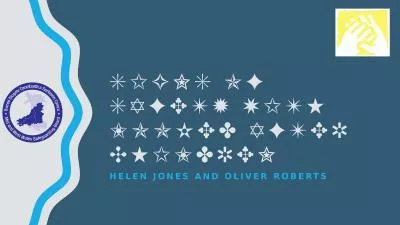PPT-How to keep safe, and ask for help if you are worried about child abuse
Author : Littlespud | Published Date : 2022-07-28
Information for children and young people Everyone has a right to feel safe speak up about the unspeakable Information has been compiled from various websites including
Presentation Embed Code
Download Presentation
Download Presentation The PPT/PDF document "How to keep safe, and ask for help if yo..." is the property of its rightful owner. Permission is granted to download and print the materials on this website for personal, non-commercial use only, and to display it on your personal computer provided you do not modify the materials and that you retain all copyright notices contained in the materials. By downloading content from our website, you accept the terms of this agreement.
How to keep safe, and ask for help if you are worried about child abuse: Transcript
Download Rules Of Document
"How to keep safe, and ask for help if you are worried about child abuse"The content belongs to its owner. You may download and print it for personal use, without modification, and keep all copyright notices. By downloading, you agree to these terms.
Related Documents

